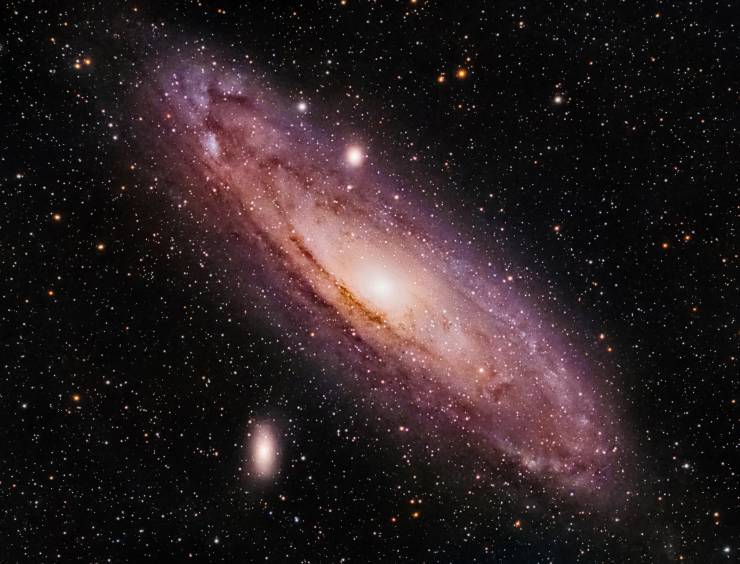8.

Devoted 5 year s ago
Reply to several: you have your telescope/camera on a polar mount, that is parallel to the rotation axis of the earth. Then a clockwork/motor drive that rotates the mount once every 24 hours. That way, you always point your telescoe in the same direction. This takes a high degree of precision.
You open the camera for a long-time exposure at nights, and shuts it before sun/moonrise. This way, you can accumulate exposure hours.
In short, friends: science.
You open the camera for a long-time exposure at nights, and shuts it before sun/moonrise. This way, you can accumulate exposure hours.
In short, friends: science.










Retard alert.
Mushroom is likely being facetious.
You open the camera for a long-time exposure at nights, and shuts it before sun/moonrise. This way, you can accumulate exposure hours.
In short, friends: science.